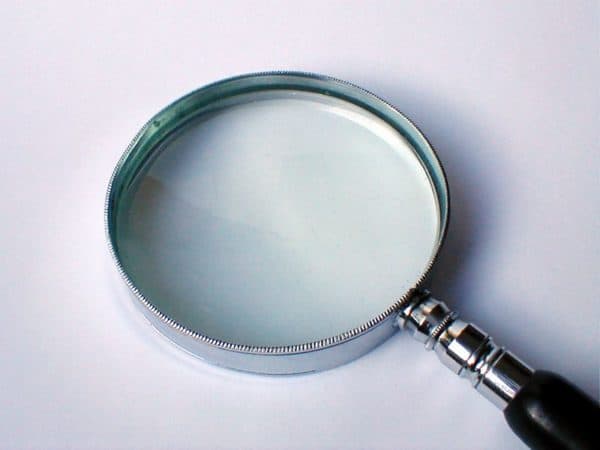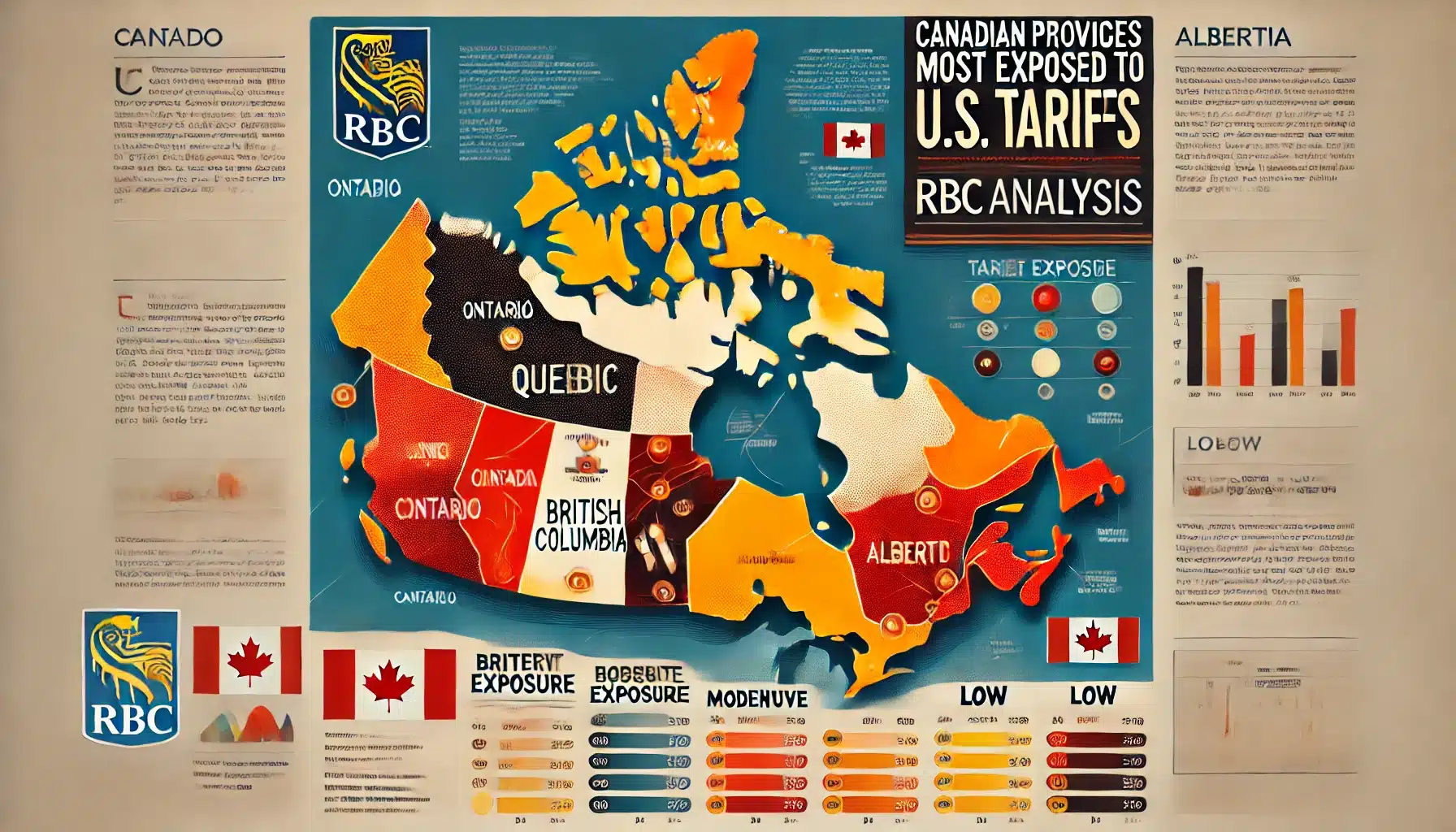
 Scientists at the University of Cambridge have created the world’s smallest magnifying glass, one that allows researchers to watch single atoms move in real time.
Scientists at the University of Cambridge have created the world’s smallest magnifying glass, one that allows researchers to watch single atoms move in real time.
The stunning new invention overturns a centuries-old belief that light could not be focused down to distances smaller than its own wavelength -just under one millionth of a metre. This meant that object smaller than that such as molecules, atoms and other particles (an atom measures about one-tenth of a billionth of a metre) could not be viewed through light-reflecting microscopes.
Now, researchers with the Department of Physics at the University of Cambridge in England and the Donostia International Physics Center in San Sebastian, Spain, have shown that by using highly conductive gold nanoparticles, light can be confined to less than a billionth of a metre, allowing real time views of the movement of atoms.
The breakthrough comes in the form of the world’s tiniest optical cavity, called a “pico-cavity,” that’s able to localize light to a billionth of a metre, thus allowing for optical experiments using light at literally the atomic level.
“Even single gold atoms behave just like tiny metallic ball bearings in our experiments, with conducting electrons roaming around, which is very different from their quantum life where electrons are bound to their nucleus,” said Professor Jeremy Baumberg, co-author of the new study and researcher at the NanoPhotonics Centre at Cambridge’s Cavendish Laboratory.
The researchers say that the technique creates a new way to study the interaction between light and matter and sets the stage for potential applications in nano-sensor technology and data storage, using light to read information captured in the form of molecular vibrations.
The new study titled, “Single-molecule optomechanics in ‘picocavities,’” is published in the journal Science.
There are other ways to observe things at the nano level, as electron microscopy has been around for almost a century now. Where the tiny new magnifying glass uses light beams to illuminate objects like molecules and atoms, an electron microscope uses a beam of electrons to get a reading of an object, either by transmitting electrons through the object or by using an electron beam to scan an object much like a computer scanner, by travelling across the surface to produce an image. Another approach, called scanning probe microscopy, uses a miniature probe to feel its way across an object’s surface, similar to the way a needle travels along the groove of an LP record.
One Waterloo company has recently unveiled a new atomic force microscope (AFM) -a version of scanning probe microscopy – that is itself nano-sized. Normally closer to a metre wide, the new invention is smaller than a penny and costs much less to produce than previous AFMs.
The company is called nGauge and its tiny microscopes operate via a one-by-one millimetre chip linked up to a computer for imaging. “People who use really advanced and expensive AFMs are pretty shocked that we’re hitting the same resolution specs at such a small fraction of the cost and [it’s] so easy to use,” says the microscope’s creator, Neil Sarkar, in conversation with the CBC. “Then there are people who have never seen when an AFM is, and for them, it kind of blows their mind.”
Sarkar believes that advances such as his will allow more and more people to get involved in the nanotech revolution. “What we want to do is shatter the notion that if you want to do nanotech, you have to have a PhD and access to a million-dollar facility,” says Sarkar.
Leave a Reply
You must be logged in to post a comment.


 Share
Share Tweet
Tweet Share
Share



Comment